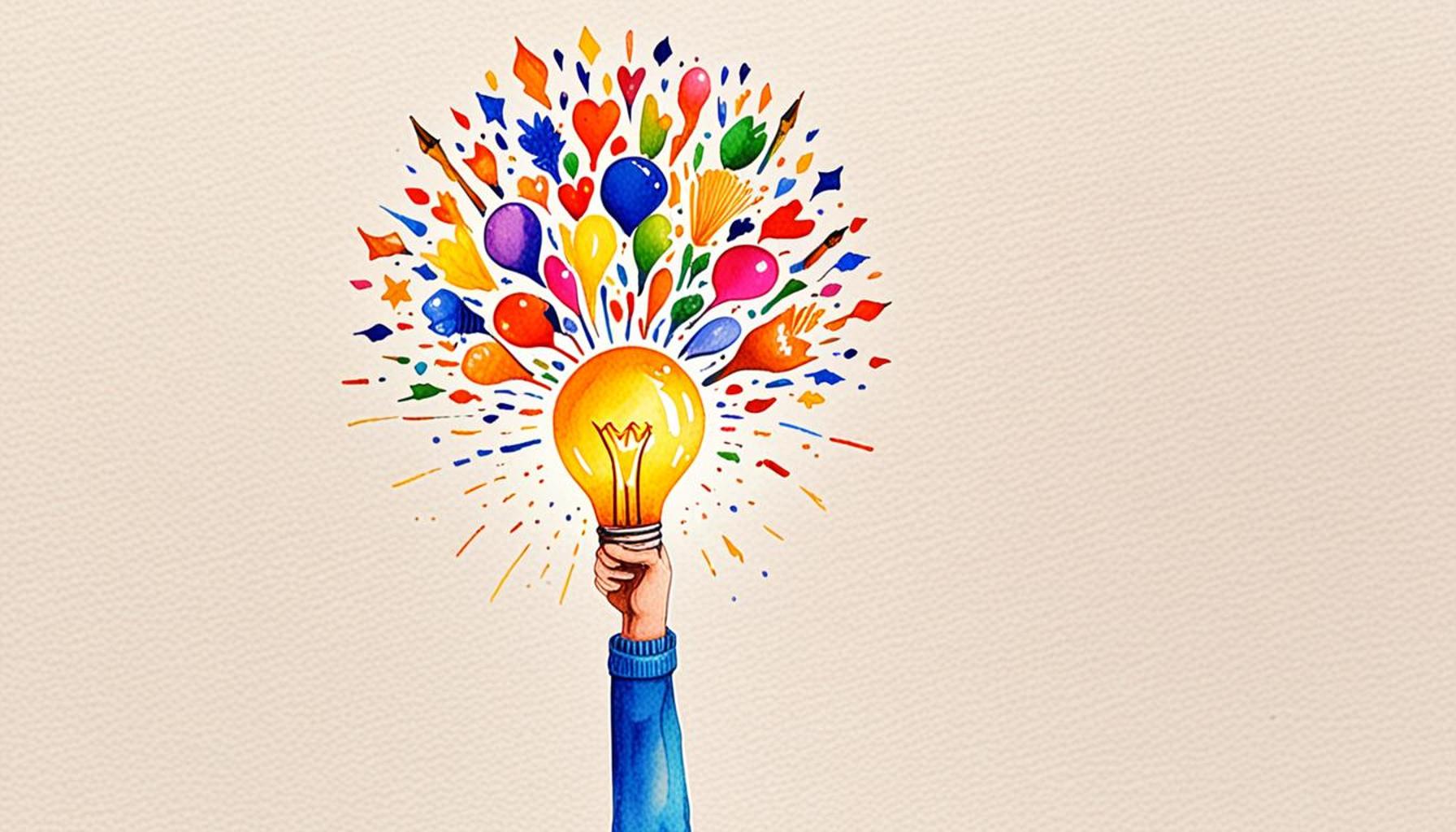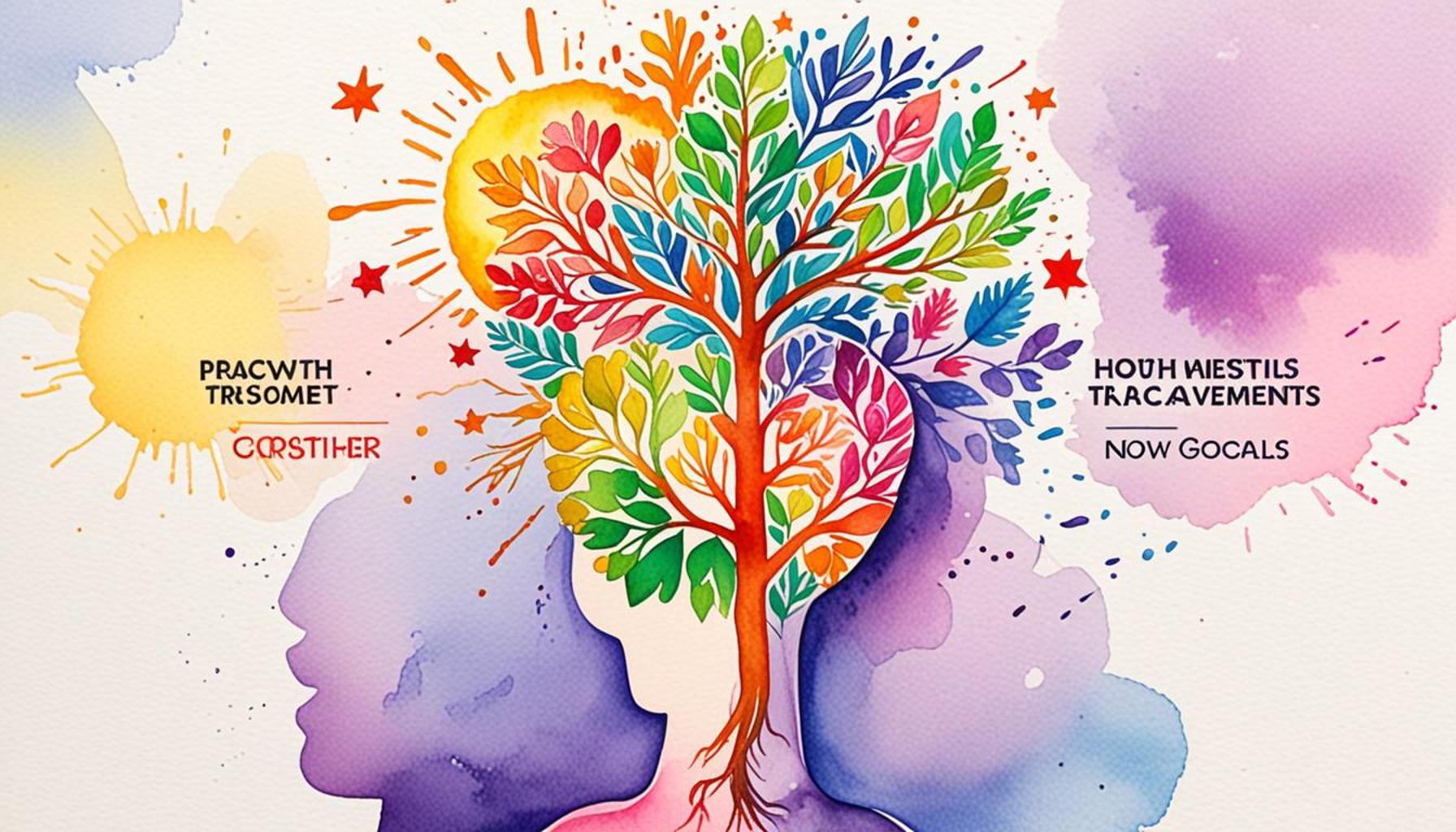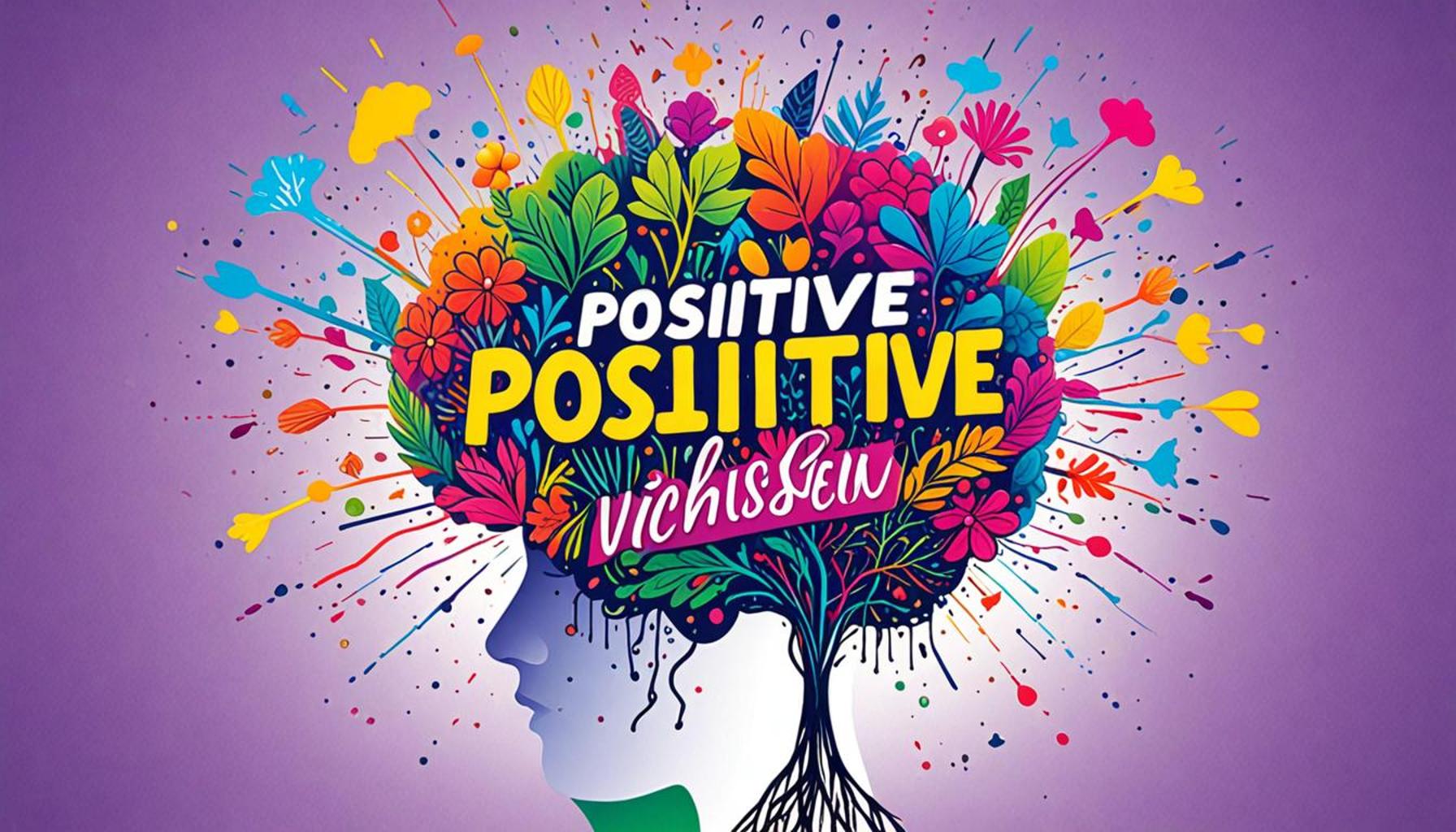Visualization Strategies to Achieve Goals with a Growth Mindset
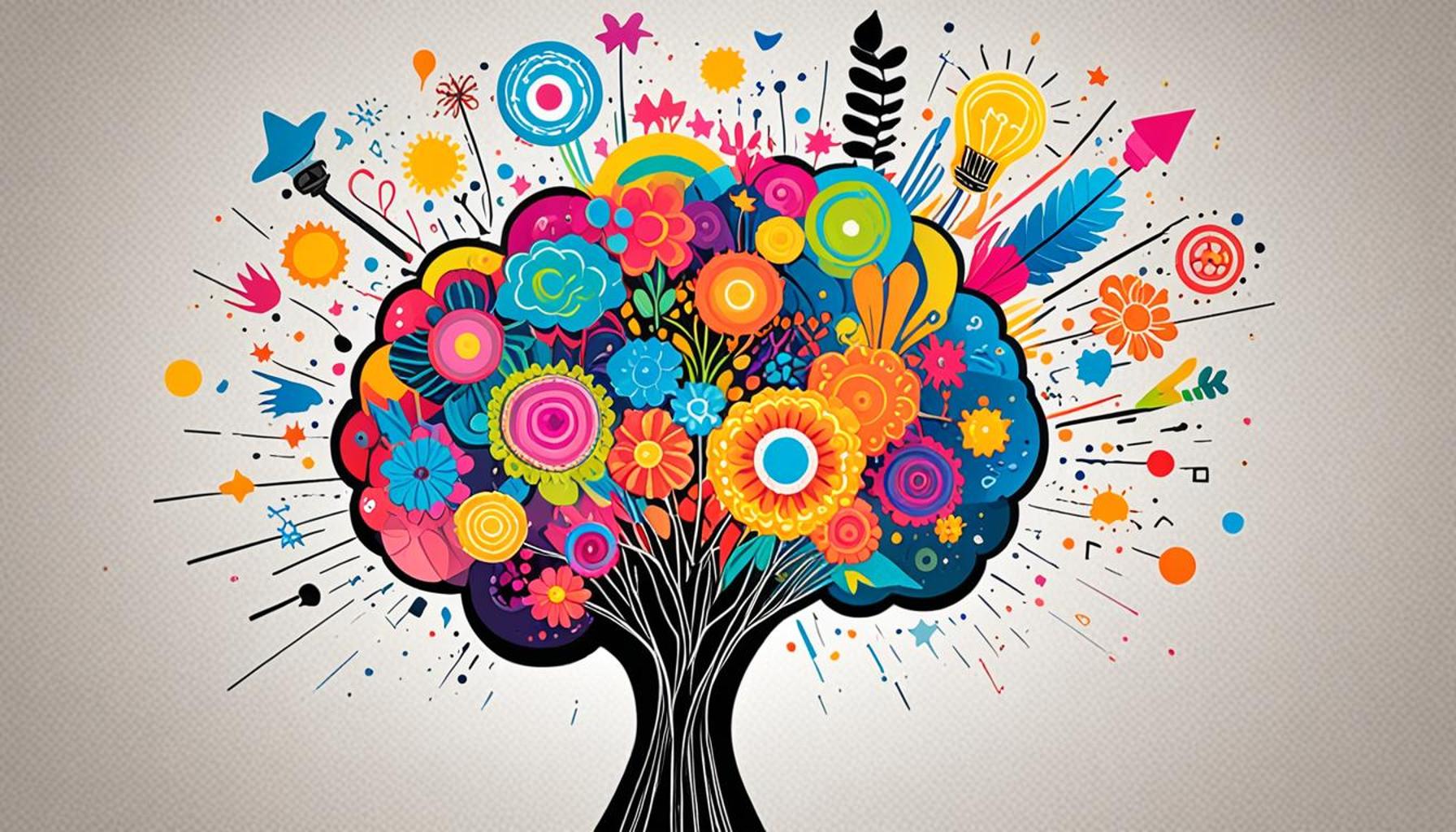
Unlocking Potential Through Visualization
In today’s fast-paced world, harnessing the mind’s power is essential for success. Visualization serves as a crucial technique within the realm of a growth mindset—a belief that abilities can be developed through dedication and hard work. This method not only helps individuals set clear goals but also preps the brain to recognize opportunities.
Research shows that mental imagery significantly impacts performance, making visualization a potent tool for achieving objectives. By picturing success, we align our actions with our aspirations, ultimately transforming our ambitions into reality. With a focus on practical applications, this article will explore the top five visualization strategies tailored for those embracing a growth mindset.
What to Expect
- Insights into the psychology of visualization
- Effective techniques to incorporate into daily life
- Real-life examples of successful individuals
- Steps to create a personalized visualization routine
- Tools and resources to enhance your practice
Prepare to delve into the transformative possibilities of visualization and discover how they can propel you toward your goals!
YOU MAY ALSO LIKE: Read this other article
Top 5 Strategies for Visualization to Achieve Goals with a Growth Mindset
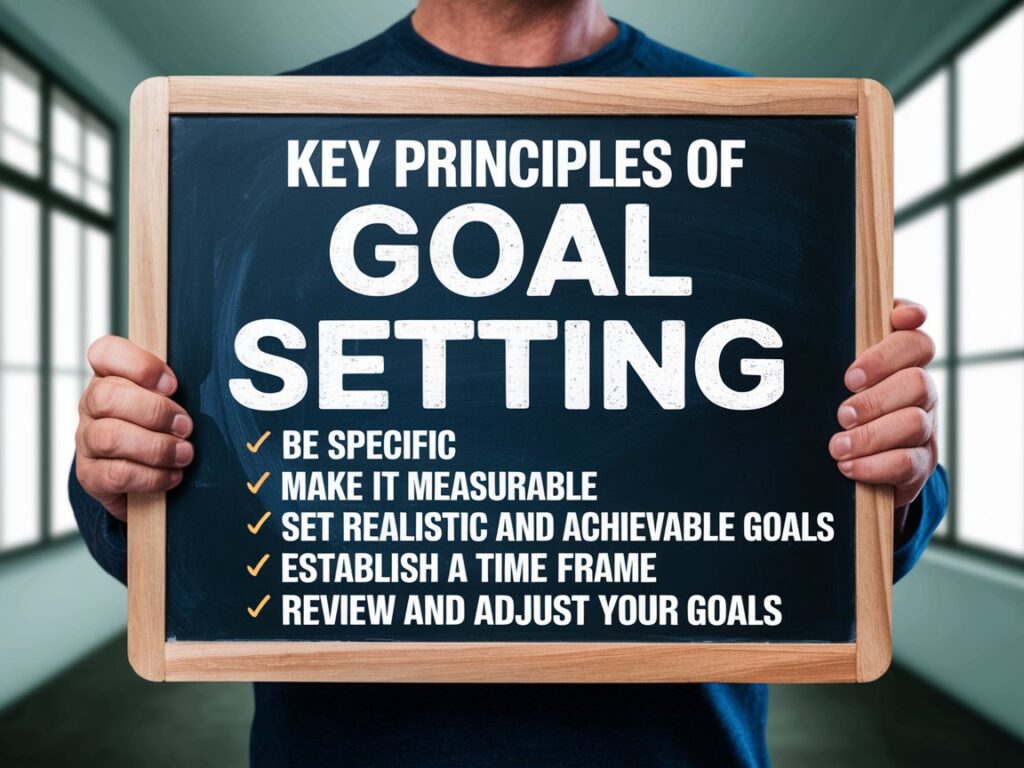
Visualization is a dynamic technique that leverages the mind’s ability to imagine and implement change. It is more than daydreaming or wishful thinking; it is about creating a detailed mental image of what one wants to achieve and then taking steps towards making that vision a reality. When paired with a growth mindset—a perspective that sees challenges as opportunities for development and failures as stepping stones to success—visualization can remarkably amplify one’s goal-setting and achievement strategies. In this article, we will explore the top five visualization techniques that can assist you in reaching your goals while fostering a growth mindset.
5. Positive Affirmations
Positive affirmations are among the most approachable yet profoundly effective visualization strategies. This method involves the repetition of statements that affirm your goals, thereby crafting mental imagery that supports your desires. The power of positive affirmations lies in their ability to recondition your subconscious, transforming self-doubt and negativity into empowerment and motivation. Research suggests that by consistently affirming positive statements, individuals can bolster their self-esteem and self-efficacy, crucial components for maintaining a growth mindset.
To employ this method, start by identifying your goals and writing them down clearly. Next, formulate affirmations that reflect these goals in the present tense, such as “I am thriving in my career,” or “I am committed to continuous learning and improvement.” While repeating these affirmations, close your eyes and visualize yourself achieving your goals. This exercise not only reinforces a positive outlook but also strengthens the neural pathways associated with achievement and success.
4. Mind Mapping
Mind mapping is another versatile visualization tool that can elucidate the path to achieving your goals. It allows you to break down your main objectives into smaller, actionable steps while clarifying the connections between various elements of your plan. This method is particularly powerful as it transforms abstract goals into a structured, visual representation, akin to a road map.
To create a mind map, start with your main goal at the center. Then, draw branches to represent sub-goals or key tasks necessary for achieving the central objective. Use colors, images, and symbols to make your mind map more engaging and visually stimulating. This approach not only aids in organizing your thoughts but also makes complicated goals more manageable. By visually delineating the path to success, mind mapping fosters a growth mindset, prompting you to ask the right questions, seek solutions, and adapt in the face of challenges.
3. Guided Visualization
Guided visualization involves engaging in a structured mental exercise, often led by scripts or recordings that walk you through a detailed scenario aligning with your goals. This technique is akin to a mental rehearsal where you immerse yourself in vivid imagery that embodies your aspirations. Such exercises are known to enhance creativity and problem-solving capabilities—essential traits of a growth mindset.
To practice guided visualization, find a serene and quiet space free from distractions. Use a script or an audio guide that aligns with your specific goals. As you listen or read, fully engage your senses to imagine the experience being detailed, from the sights and sounds to the emotions you would feel upon accomplishing your goals. Studies have shown that this method can not only prime your mind for success but also instill a deep-seated belief that potential obstacles are surmountable, thereby reinforcing a mindset oriented towards growth and exploration.
2. Visualization Boards
A visualization board, also known as a vision board, is a physical representation of your ambitions and dreams, composed of images and words that encapsulate your goals. This tangible method can be both an enjoyable and inspirational exercise, serving as a constant visual reminder of your objectives.
To create a visualization board, gather your materials—corkboard, posters, magazines, photos, quotes, and anything else that resonates with your ambitions. Assemble these elements in a visually appealing and meaningful way. Place your board in a location where you will see it daily, ensuring it serves as a continuous source of inspiration. This daily visual cue reinforces a growth mindset by reminding you that achieving your goals is possible and that setbacks are merely opportunities to learn and grow.
1. Daily Visualization Practice
Daily visualization practice tops our list for its efficacy in embedding visualization into your everyday routine, thereby keeping your goals at the forefront of your mind. This practice involves setting aside dedicated time each day to visualize your aspirations with precision and emotion.
Begin by choosing a specific time each day when you can calmly focus, such as after waking up or before going to bed. During this time, vividly imagine the details of your desired outcome, including the steps leading to its realization and the emotions tied to achieving it. It’s crucial to reflect on how these visualizations connect to your real-life actions and adjustments. This practice enables your subconscious to align with your goals, driving you towards actions that realize your visions.
Daily visualization not only enhances your focus and determination but also ingrains the notion that learning and development are ongoing journeys. It instills resilience and adaptability—even when faced with setbacks—fostering a mentality where growth is continuous and achievable.
In conclusion, visualization strategies are invaluable tools in goal achievement, especially when intertwined with a growth mindset. By integrating positive affirmations, mind mapping, guided visualizations, visualization boards, and daily visualization practices into your routine, you bolster your ability to adapt, learn, and ultimately succeed. These methods bridge the gap between potential and reality, encouraging you to not only envision a productive and fulfilling life but also to cultivate it with persistence and positivity.
| Category | Description |
|---|---|
| Visualization Techniques | Utilizing mental imagery and guided visualization can substantially enhance motivation and goal achievement. Research indicates that mentally rehearsing success can create neural patterns equivalent to actual performance. |
| Growth Mindset Alignment | Encouraging a growth mindset positions individuals to perceive challenges as opportunities. Emphasizing this perspective allows for greater adaptability in the face of setbacks, which is fundamental for achieving long-term goals. |
| Goal Clarity | Clearly defining goals facilitates effective visualization. By setting SMART (Specific, Measurable, Achievable, Relevant, Time-bound) goals, individuals can create a vivid mental picture of their desired outcomes, increasing their commitment to action. |
| Accountability Mechanisms | Establishing accountability through sharing goals with others enhances diligence. Support systems can form around shared aspirations, creating a collaborative environment that fosters motivation and consistency. |
Harnessing the power of visualization strategies can significantly enhance one’s ability to achieve goals within a framework of a growth mindset. It is crucial to delve deeper into the interplay between visualization and individual perseverance. Incorporating activities such as creative visualization sessions can provide not only clarity but also elevate emotional well-being, essential during challenging times. Furthermore, individuals can benefit from actively engaging in feedback loops to assess their progress and adjust their visualization techniques accordingly. Such adjustment could be bolstered by keeping a visual diary, where one documents thoughts, achievements, and areas of improvement, offering not just insight into progress, but also reaffirmation of goals.Incorporating such methods into daily routines not only provides a strong foundation for personal growth but also empowers individuals to adopt a proactive stance toward their aspirations. Understanding the nuanced relationship between visual strategies and psychological growth aspects can usher in opportunities that extend beyond conventional boundaries of personal achievement, encouraging exploration and curiosity in one’s journey toward success.
ADDITIONAL INSIGHTS: Expand your understanding here
Frequently Asked Questions on Visualization Strategies for Goal Achievement in a Growth Mindset
What is the role of visualization in goal achievement?
Visualization plays a crucial role in goal achievement by allowing individuals to mentally simulate the attainment of their objectives. This process helps in better understanding the path to success and strengthens the belief that these goals are achievable. Studies have shown that visualization activates the brain’s reticular activating system, which heightens awareness and focus on achieving desired outcomes. By vividly imaging the steps to success, you can prepare your mind and body to work in harmony towards your objectives.
How can visualization strategies be effective within a growth mindset?
Within a growth mindset, visualization can be particularly effective because it encourages viewing challenges as opportunities for learning. A growth mindset believes in the power of effort and persistence. Visualization strategies support this by providing a mental rehearsal of potential obstacles and rehearsing overcoming them. This dual approach enhances resilience and reinforces the belief that abilities can be developed through dedication and hard work. Visualization, paired with a growth mindset, not only sets you on the path to achieving your goals but also prepares you for the process and ensures you stay motivated even when facing setbacks.
Can visualization replace actual practice when aiming for a goal?
While visualization is a powerful tool, it cannot entirely replace actual practice. It is complementary, providing mental strength and preparation. Visualization allows you to explore different strategies mentally and solidify a positive outlook, but physical practice is essential to develop necessary skills and expertise. In combining both, individuals can approach their goals holistically, blending mental rehearsal with concrete action.
How often should someone practice visualization for it to be effective?
Consistency is key when practicing visualization. To achieve the best results, integrating visualization into your daily routine is recommended. This can mean dedicating a few minutes each day to visualizing specific goals or outcomes. The frequency can vary depending on personal preferences and goals, but the more regularly you practice, the more deeply ingrained the visualized goals become in your mind. Regular practice leads to better focus and greater alignment of your actions with your desired outcomes.
Are there any tips for improving visualization techniques?
Improving visualization techniques involves a few key strategies. First, aim for sensory-rich visualizations by engaging all your senses, not just visual imagery. Consider incorporating sounds, smells, and physical sensations relevant to your goal achievement scenarios. Secondly, make your visualizations as detailed as possible, creating a vivid and realistic mental picture. Additionally, it can be helpful to practice visualization in a quiet environment where you can focus without distractions. The more realistic and focused the visualization, the more effective it will be in helping you achieve your goals.
SEE ALSO: Click here to read another article
Conclusion
In exploring visualization strategies for achieving goals within a growth mindset, we uncover a powerful interplay between imagination and development. A growth mindset, often characterized by the belief that abilities and intelligence can be developed through dedication and hard work, is significantly bolstered by effective visualization techniques. These strategies, as outlined in the article, act as a catalyst, helping to transform abstract goals into concrete realities.
First, the article emphasized the importance of clear and detailed visualization. By vividly imagining the desired outcome, individuals can enhance their motivation and focus, making the path to goal attainment more distinct and achievable. Additionally, implementing visualization as part of a daily routine was highlighted as a key technique, suggesting that regular practice can reinforce a positive mindset and align actions with aspirations.
The role of emotional attachment to goals emerged as another crucial factor. When individuals connect emotionally with the outcome of their goals, the drive to overcome obstacles increases significantly. Furthermore, visualization was shown to be more impactful when combined with growth mindset tactics, such as embracing challenges and learning from setbacks. This combination not only fosters resilience but also primes the brain for recognizing opportunities for growth.
Overall, the integration of visualization strategies within a growth mindset framework offers a robust toolset for personal and professional development. As these techniques gain more attention, they invite readers to explore further, presenting a potential gateway for deeper understanding and application. By adopting this approach, individuals may not only reach their goals but also transform their journeys into more fulfilling and meaningful experiences. The road is set for those willing to explore the depths of visualization within the expansive landscape of growth mindset techniques.
